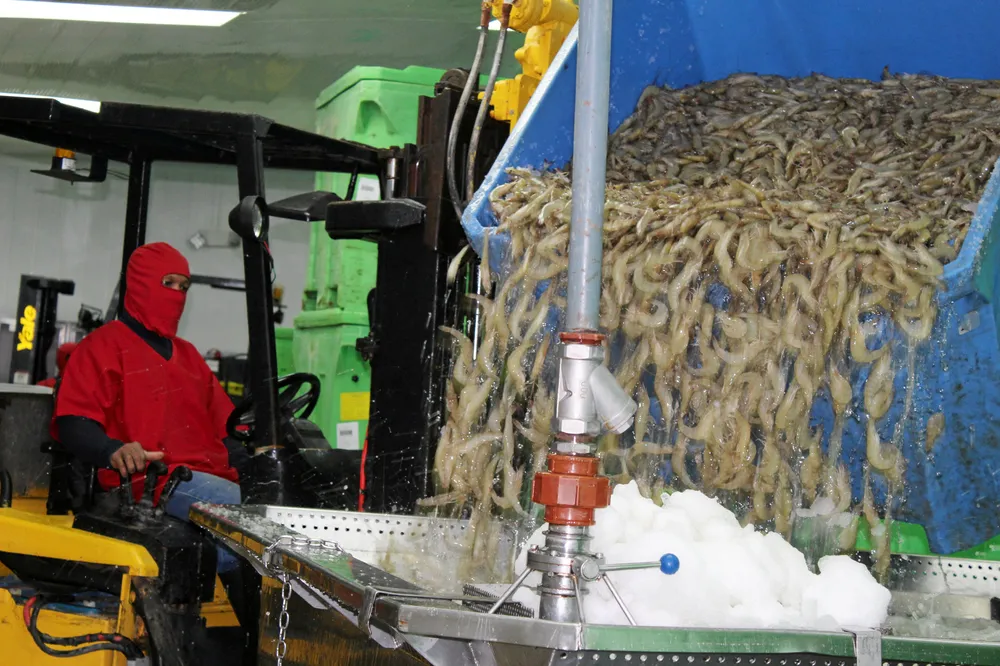Ecuador's shrimp industry battles new round of power cuts
The government has said it will prioritize the industrial sector with the shrimp industry not for the first time claiming that power cuts will cost its businesses millions each day.

The government has said it will prioritize the industrial sector with the shrimp industry not for the first time claiming that power cuts will cost its businesses millions each day.
